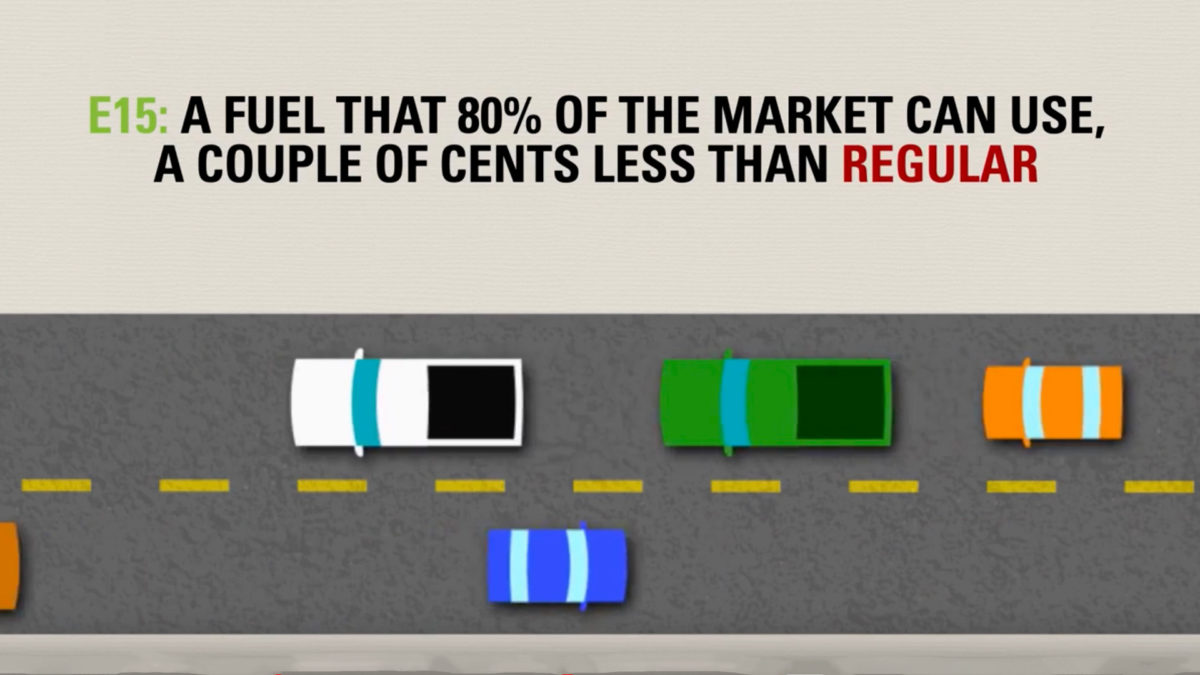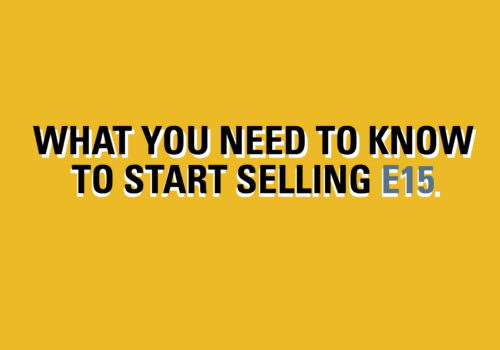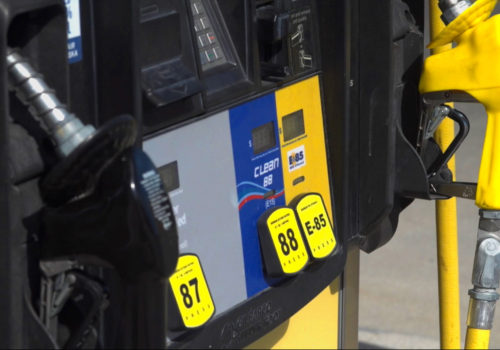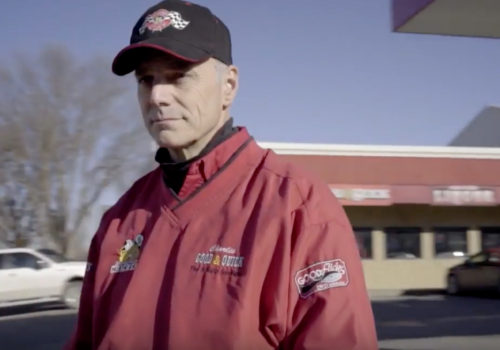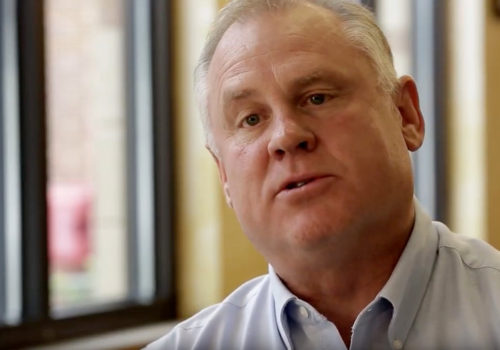THE POTENTIAL MARKET SHARE OF E15 IS WELL BEYOND WHAT YOU PROBABLY THINK.
SURPRISE: IT’S 4 OUT OF 5 CARS ON ROAD TODAY.
It’s simple math:
Of the 253 million cards and light duty trucks on the road today, 200 million are approved to run on E15. That’s 80% of the entire U.S. automobile market. Four out of five vehicles coming through your station. Today. As in, right now.
But wait — there’s more. That fleet of cars and trucks breaks down in ways that may not be obvious but that reveal sizable opportunities and challenge the wisdom of the standard fuel slate.
Beyond Flex Fuel Vehicles
Of those 253 million cars and trucks, 7 million take diesel and 18 million require premium gasoline. You probably know about “flex fuel vehicles,” or “FFV’s,” which can fuel with the entire range of blends between E0 and E85. What you might not know is that there are more than 27 million FFVs on the road today — more than diesel and premium vehicles combined.
Add to those FFVs numbers a pair of statistics that you might be surprised to learn.
First, since model year 2012, more than 25 million cars and light trucks have been built and warrantied by their manufacturers to run on E15. Again, that’s more than diesel and premium-only cars combined. Second, backed by years of rigorous testing, the EPA has approved every car and light duty truck built since model year 2001 — about 150 million vehicles — to run on E15. Put them all together, and you’ve got that 200 million-vehicle market ready for E15.
But here’s the kicker: as the number of cars built before 2001 model-year drop out of the U.S. fleet, they’re replaced by millions of new, E15-approved drive trains — pushing that share of the market closer and closer to 95%.
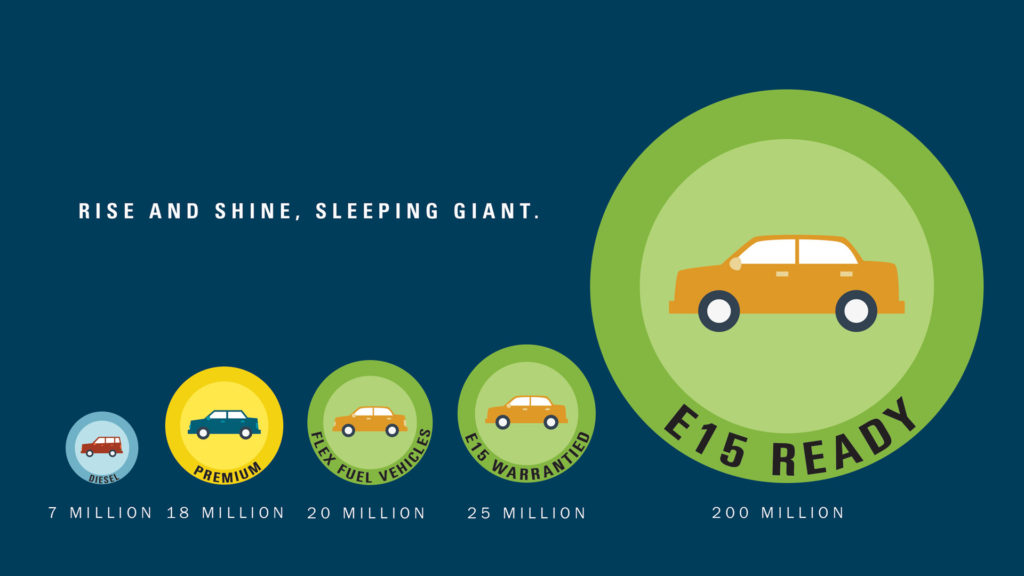
But just because drivers can fuel with E15 doesn’t mean they’ll want it — right?
That’s been a common talking point for anti-ethanol lobbyists and politicians more interested in their welfare than yours. They claim that no one is calling their offices demanding E15. Probably true. Just like no one asked for Velcro, smart phones, or frappucinos before they were invented.
But drivers are already telling you they want E15. They do it with their pocketbook. You already know they reliably go for the cheaper fuel over the expensive. To anyone who’s been in the business any length of time, the survey are almost predictable: 70% of drivers say they buy fuel based on price. And they’ll cross a busy street or detour five miles to save just pennies per gallon.
This matches the real-world experience of current E15 retailers. Ethanol is as much as a dollar per gallon cheaper that straight gasoline (and the beauty of it is that that’s all free-market cost savings; not a dime of that product is subsidized by the government). In simple terms, that means retailers can price E15 to compete aggressively and pull in those penny-pinchers at the pump — and pocket superior profits.
Since EPA approved E15, retailers who have added it say it’s now their first- or second-best seller. And they didn’t quit selling “regular.” To the contrary, they’ll tell you that E15 leads to a gain in overall customer count while retaining all or most of the their standard gasoline volumes.
Access to 80 percent of the market with a more affordable, more profitable, cleaner fuel: E15 a huge market, and thousands of reputable retailers across the country are tapping into it right to compete and win.
